Best telephoto lens: top lenses for Canon and Nikon DSLRs
Our top telephoto zooms lens pics for Canon or Nikon DSLRs
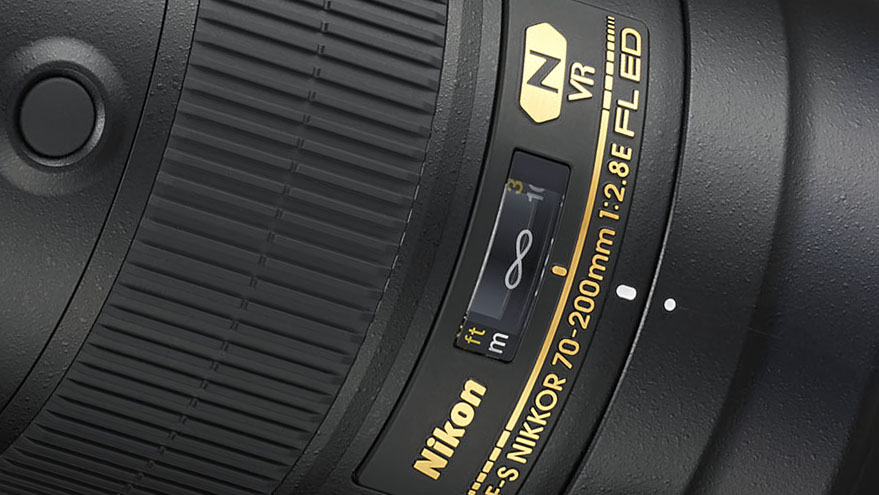
The 10 best telephoto zoom lenses for Nikon DSLRs
Nikon telephoto zooms have had something of a shake-up recently. The most popular 70-200mm f/2.8 and 70-300mm FX format (full-frame compatible) lenses have been replaced by new ‘E-type’ models with electromagnetic diaphragms. That’s good news in that you can expect greater exposure consistency throughout a sequence of rapid-fire shots in continuous drive mode. However, compatibility is lost with older Nikon bodies, on which you can only shoot at the widest aperture. That includes the D300s, D3000 and D5000, as well as D1 series and D2 series cameras. The new 70-300mm also features an AF-P ‘Pulse’ stepping motor, which is very fast and completely inaudible in operation, but makes both auto and manual focusing impossible on older bodies, including the D3100, D5100, D7000.
As with other categories of prime and zoom lenses, own-brand Nikkor telephoto zooms face stiff competition from Sigma and Tamron. Indeed, independently manufactured lenses often offer better value for money. However, Sigma and Tamron have largely dropped out of manufacturing DX format (APS-C specific) telephoto zoom lenses, with the exception of a rather unique Sigma that makes it onto our Top 10 list.


1. Nikon AF-S 70-200mm f/2.8E FL ED VR
Specifications
Reasons to buy
Reasons to avoid
A feast of high-tech features, this lens ticks every box on the pro-grade wish list. Autofocus is lightning fast and highly accurate, with switchable options for auto or manual priority. In the latter, you can use manual override without waiting for AF to lock onto a subject in tricky conditions. The sophisticated 4-stop VR system includes a Sport mode, which makes it easier to track erratically moving subjects through the viewfinder. The overall construction is really robust but not overly heavy, based on a weather-sealed magnesium barrel. Handling is sublime and image quality is simply fabulous. Sharpness and contrast are mighty throughout the zoom range and at all apertures, whilst the rounded nine-blade diaphragm maintains silky smooth bokeh even when stopping down a little. The older AF-S 70-200mm f/2.8G ED VR II was an incredible lens, this new version is even better.

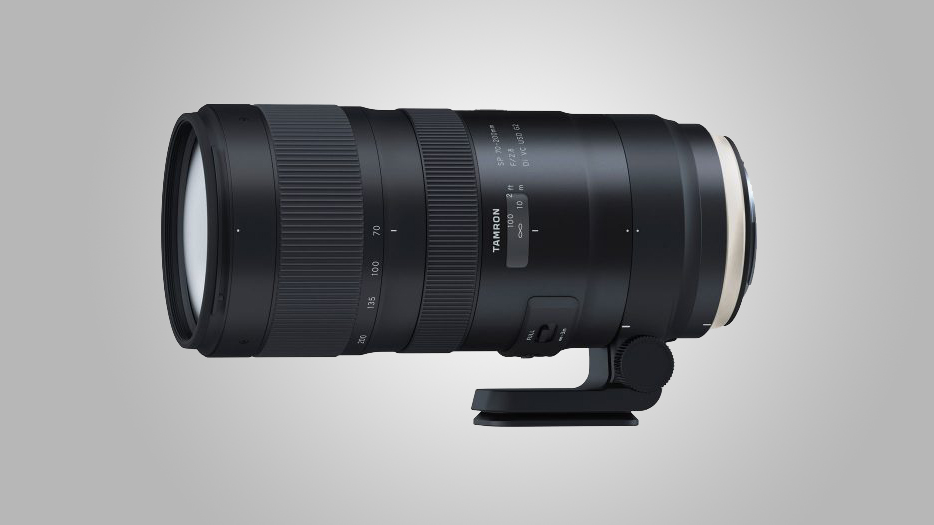
2. Tamron SP 70-200mm f/2.8 Di VC USD G2 for Nikon
Specifications
Reasons to buy
Reasons to avoid
A complete revamp of Tamron’s previous 70-200mm VC lens, the G2 (Generation 2) has upgraded optics, faster and more accurate autofocus, and 5-stop, triple-mode stabilization. Whereas the older lens’s stabilizer was only really effective for static shots, the new one has static and panning modes, plus a third option in which stabilization is only applied during the exposure. As with Nikon’s ‘Sport VR’ mode, this makes it easier to track erratically moving objects. Build quality is excellent, featuring a weather-sealed metal barrel and keep-clean fluorine coating on the front element. A nice finishing touch is that the magnesium tripod mounting foot is Arca-Swiss compatible. Image quality is stunning in every respect and the lens is compatible with Tamron’s optional TAP-in Console, for applying customisation and firmware updates. It’s practically as good as Nikon’s latest 70-200mm f/2.8 lens, but much less expensive to buy.
- Read our in-depth Tamron SP 70-200mm f/2.8 Di VC USD G2 review

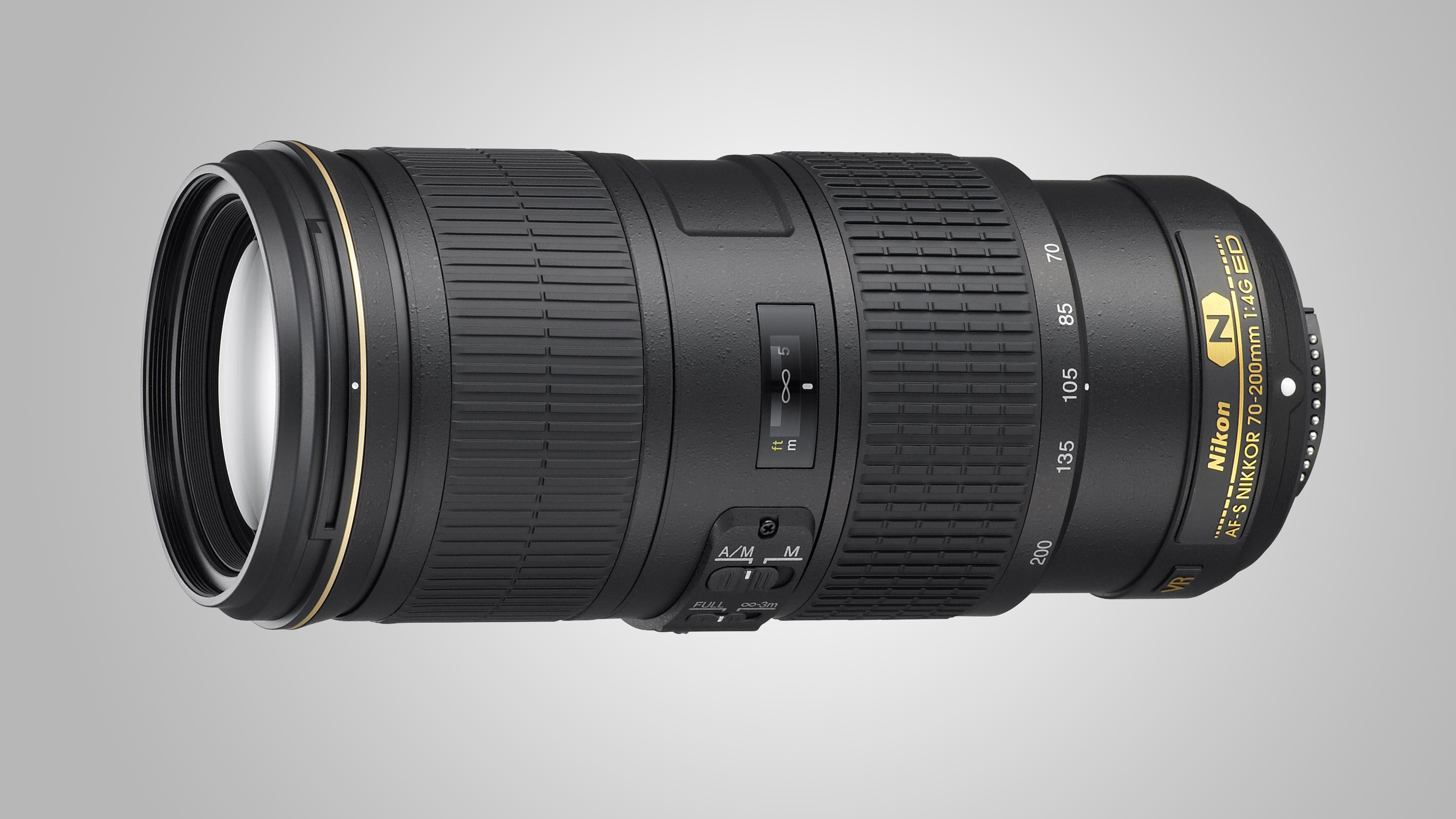
3. Nikon AF-S 70-200mm f/4G ED VR
Specifications
Reasons to buy
Reasons to avoid
The narrower aperture rating of f/4 rather than f/2.8 isn’t an altogether bad thing. It enables this lens to be more compact and lightweight, improving comfort for long periods of handheld shooting. You won't need to worry much about camera shake, either, thanks to a particularly well implemented VR (Vibration Reduction) system that also features automatic panning detection. The lens isn't fully weather-sealed, but does have a sealed mounting plate. Three ED (Extra-low Dispersion) elements and one HRI (High Refractive Index) element, along with Nano-Crystal coatings, help deliver very good sharpness and contrast within minimal ghosting and flare.

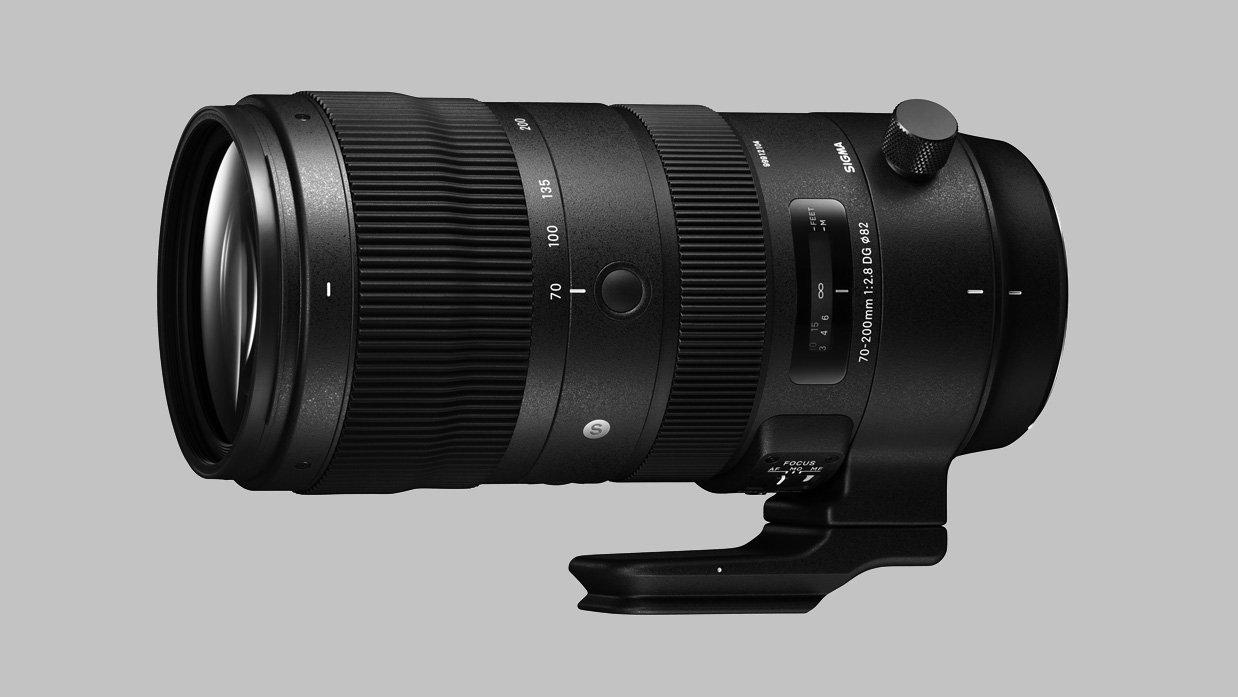
Specifications
Reasons to buy
Reasons to avoid
Sigma's previous 70-200mm f/2.8 APO EX DG Macro II was a fine performer for the money, but 11 years is a long time for a telephoto lens to be on the market and this fresh version arrives in the company's smart, modern Global Vision get-up. And what we have here is a very credible performer for the money, with great sharpness wide open and snappy autofocusing, combined with clearly effective image stabilization and weather-sealing. So far so good, but pick it up and you'll discover our only main reservation, namely its 1.8kg weight. That's pretty heavy – even for a lens with this focal length and aperture – but if you plan on using it for tripod-based applications rather than handheld this may not bother you.
- Read our in-depth Sigma 70-200mm f/2.8 DG OS HSM Sports review

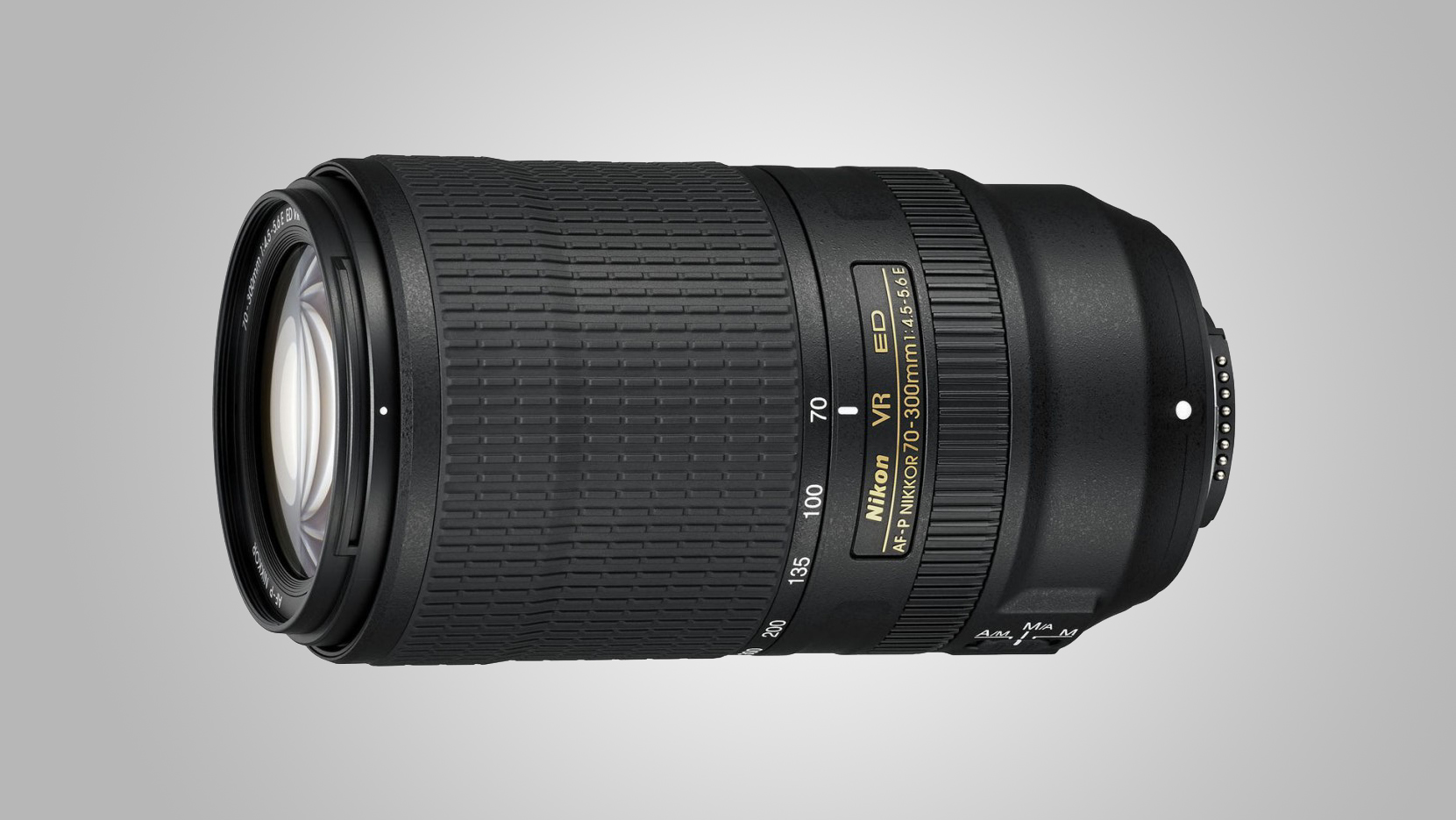
5. Nikon AF-P 70-300mm f/4.5-5.6E ED VR
Specifications
Reasons to buy
Reasons to avoid
Nikon’s AF-S 70-300mm f/4.5-5.6G IF-ED VR was something of a legend among budget tele zooms, offering premium performance at a very affordable price. This replacement adds a ‘Pulse’ stepping motor autofocus system that’s both extremely fast and essentially inaudible, even when shooting indoors. Another upgrade is the electromagnetically controlled aperture, for greater exposure consistency in rapid bursts of shooting at high continuous drive speeds. There’s also a new-generation VR system, which delivers 4.5-stop performance and adds a ‘Sport’ mode. This makes it easier to track erratically moving subjects through the viewfinder. Image quality is excellent in all respects and, taking everything into account, this lens justifies the fairly hefty price hike compared its predecessor.

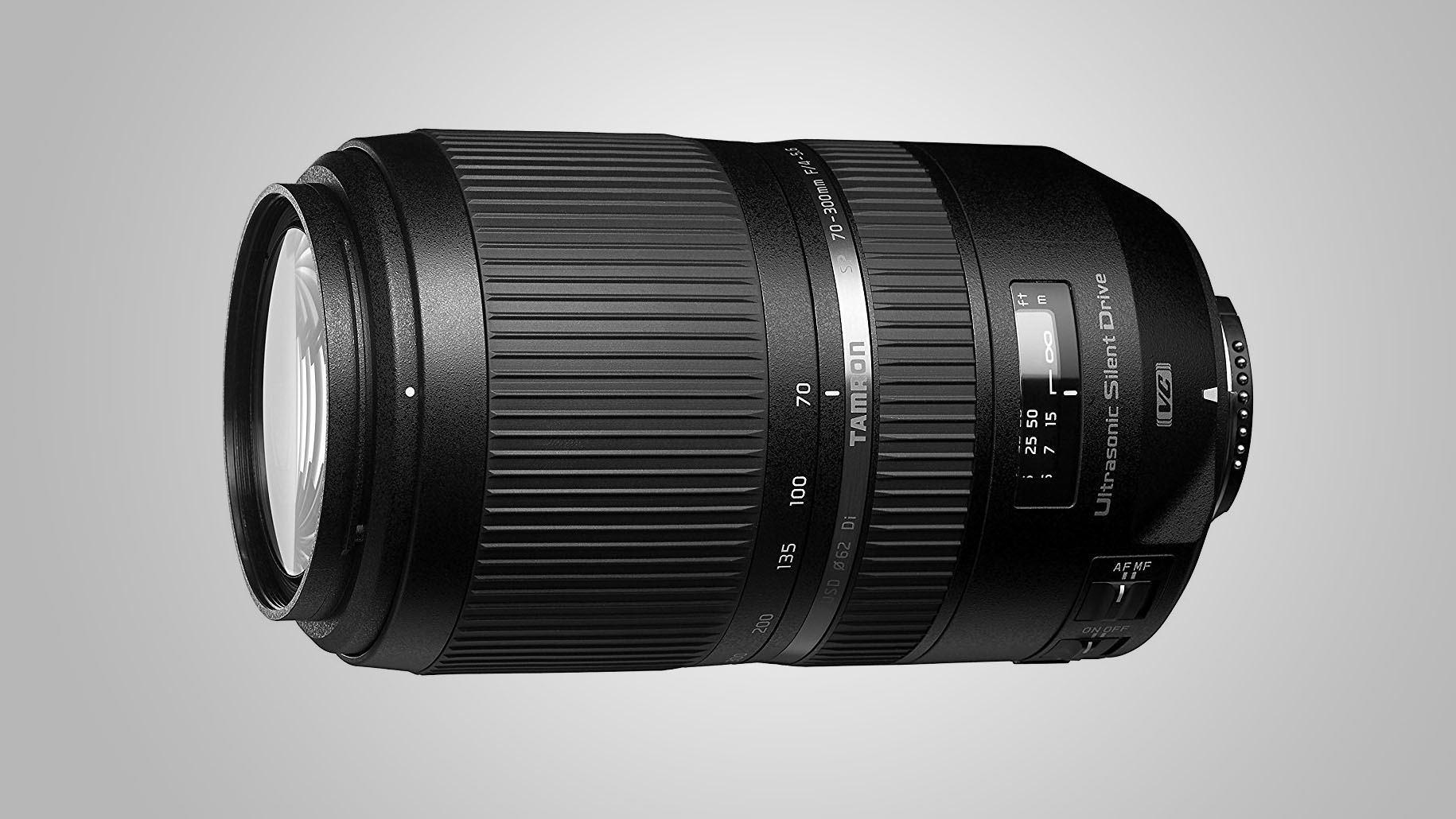
6. Tamron SP 70-300mm f/4-5.6 Di VC USD for Nikon
Specifications
Reasons to buy
Reasons to avoid
Nikon's latest FX-format 70-300mm lens is fabulous, but this Tamron alternative delivers very good performance at a much more affordable price. There's an impressive ring-type autofocus motor which is fast and whisper-quiet, plus an advanced four-stop VC (Vibration Compensation) system. Compared with most Nikon VR lenses, however, stabilization is much less effective when panning. At 765g, it's quite weighty for a 70-300mm lens, but feels solid with refined handling. Image quality is impressive too, with very good sharpness and contrast throughout the zoom range. Color fringing is also well controlled, even into the extreme corners of images.

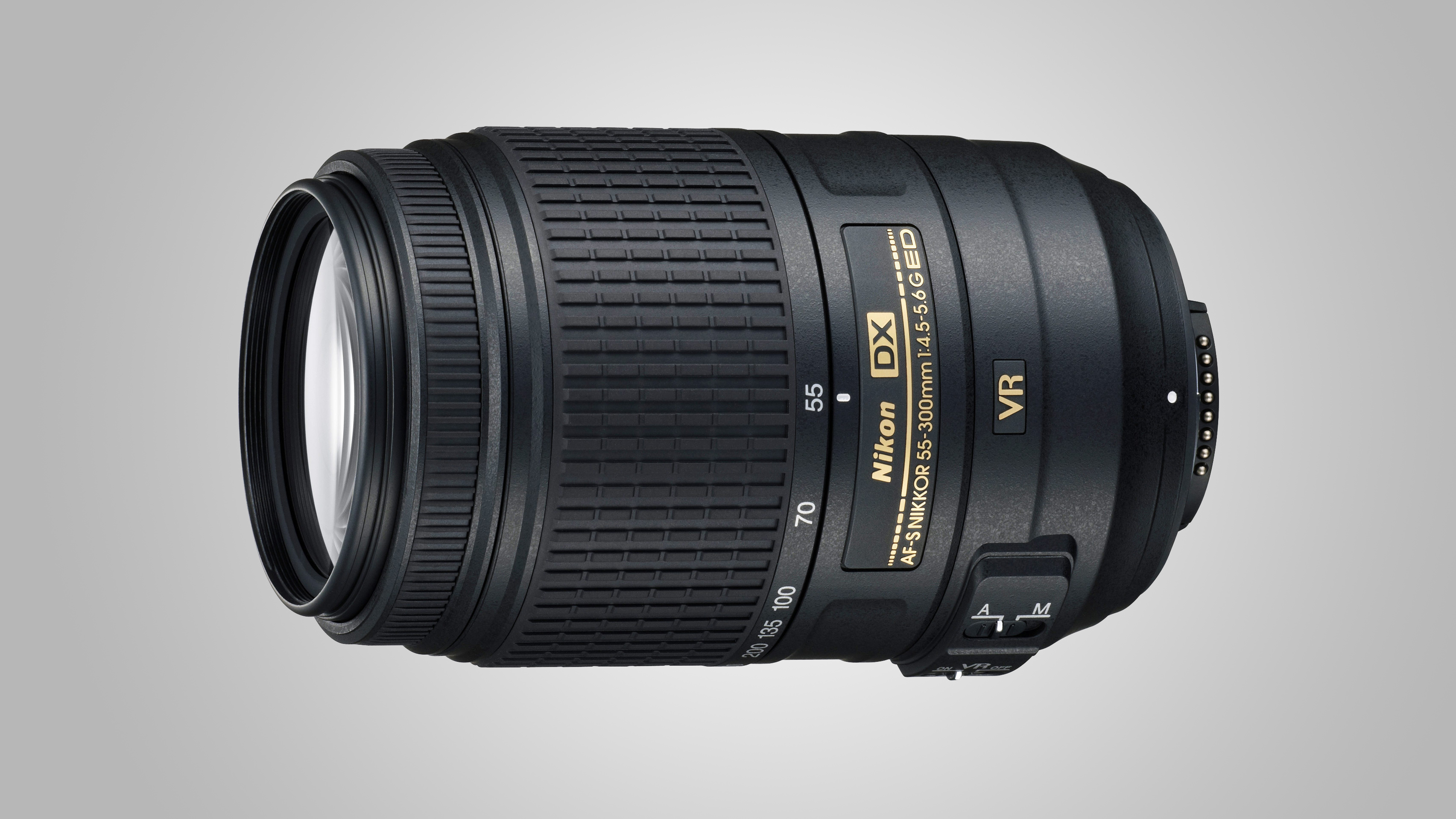
7. Nikon AF-S DX 55-300MM f/4.5-5.6G ED VR
Specifications
Reasons to buy
Reasons to avoid
Despite undercutting the newer DX format Nikon 70-300mm for price (listed below), this lens feels more robust and better built. It has a weather-sealed metal mounting plate rather than a basic plastic plate. There cost-cutting elsewhere though, with a conventional autofocus motor that lacks the full-time manual override facility of ring-type ultrasonic systems. VR only gives a 3-stop benefit, lagging behind most of Nikon’s more recent lenses. Image equality is very good, with impressive sharpness throughout the zoom range and low levels of colour fringing. However, distortions are a bit worse than average.

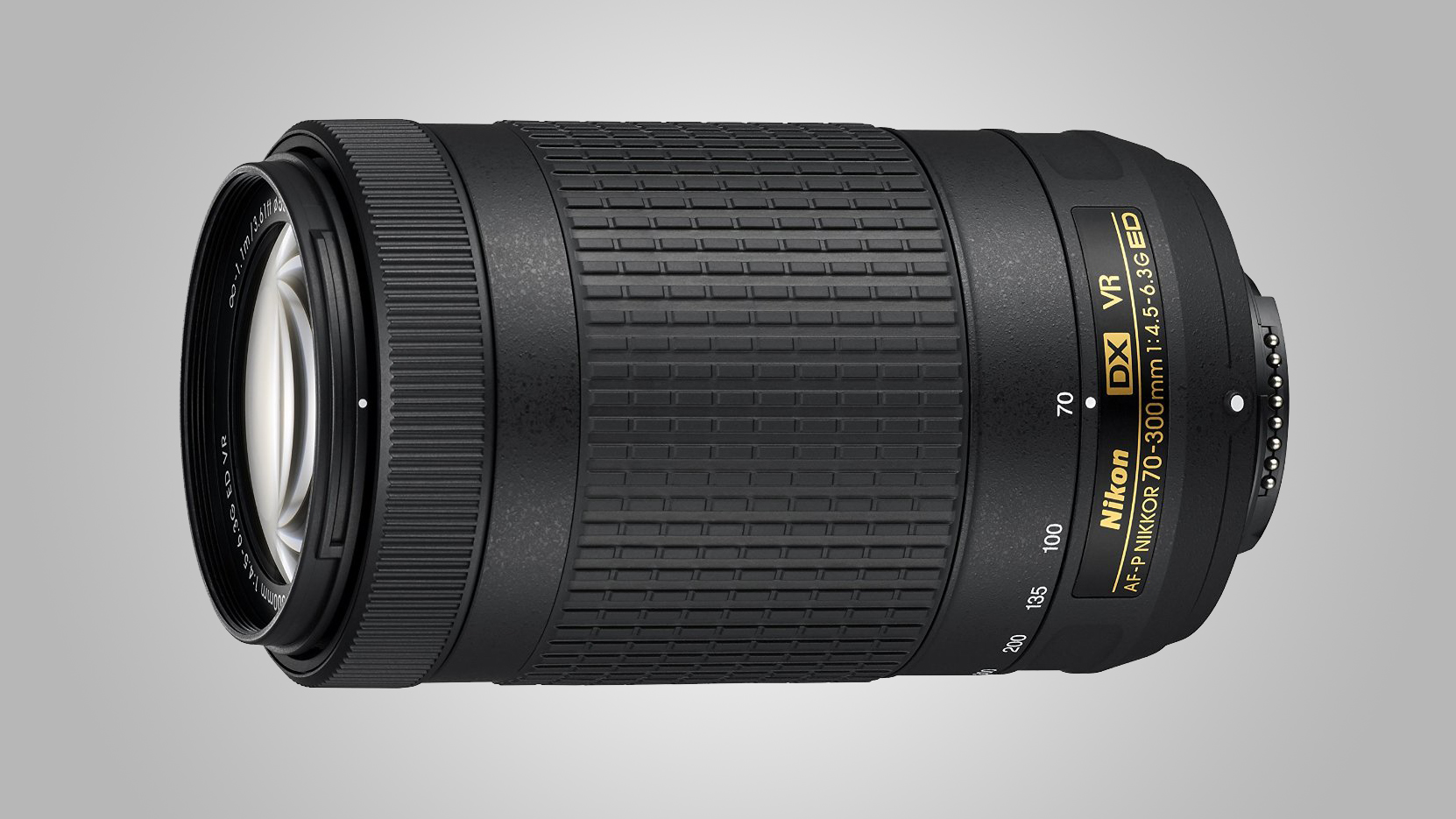
8. Nikon AF-P DX 70-300MM f/4.5-6.3G ED VR
Specifications
Reasons to buy
Reasons to avoid
We’re seeing AF-P (Pulse) autofocus systems on a growing number of Nikon lenses. This one is available with or without VR; the edition without stabilisation is a little cheaper to buy. On-board controls are very limited. For example, VR can only be switched off via a menu option in the host camera, and even that isn’t available in some ‘compatible’ Nikon DSLRs. In our tests, the non-VR version of the lens proved slightly sharper than the VR edition. However, the 4-stop stabiliser is well worth having, enabling consistently sharper images in handheld shooting.

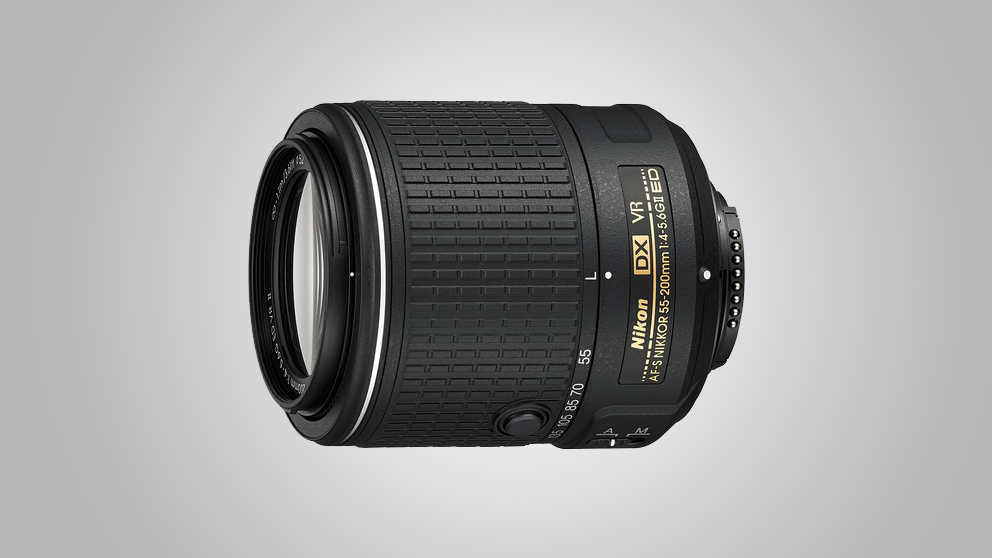
9. Nikon AF-S DX 55-200mm f/4-5.6G ED VR II
Specifications
Reasons to buy
Reasons to avoid
The retractable design of the current Nikon 18-55mm VR makes it a very travel-friendly lens, and this is the telephoto zoom companion. Despite a worthwhile ‘effective’ zoom range of 82.5-300mm, it retracts to a length of just 83mm and weighs in at a mere 300g. To put that into perspective, it’s only a fifth of the weight of most 70-200mm f/2.8 lenses. Autofocus is a little slow, relying on an ultrasonic motor (rather than ring-type) system, and manual override is lacking. Image quality is good rather than great, with sharpness dropping off noticeably at the long end of the zoom range.

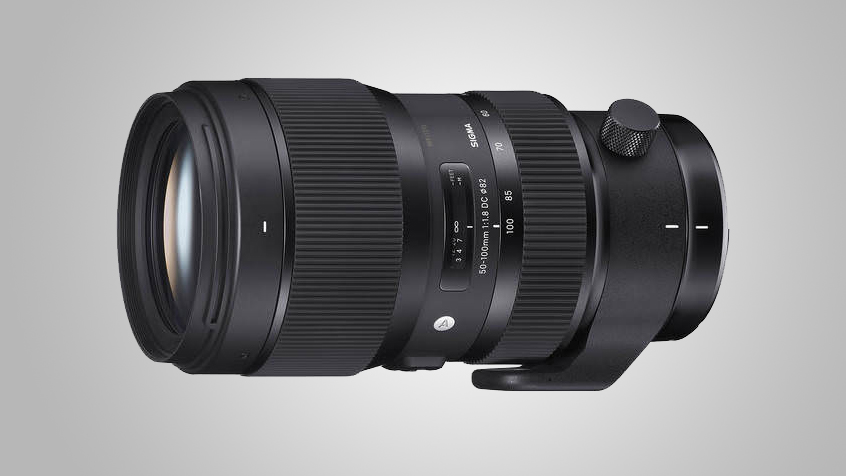
10. Sigma 50-100mm F1.8 DC HSM | A for Nikon
Specifications
Reasons to buy
Reasons to avoid
Picking up the baton from Sigma’s unique 18-35mm f/1.8 DC HSM | A lens for DX format cameras, this one retains the same extra-wide f/1.8 aperture rating while stretching into telephoto territory. To be fair, it doesn’t stretch that far, with an ‘effective’ zoom range of 75-150mm once you take Nikon’s 1.5x crop factor into account. It’s also a relatively big and heavy lens, at about the same size and weight of a 70-200mm f/2.8 lens, and is supplied complete with a tripod collar. Build quality and overall performance are excellent but the combination of relatively short telephoto reach and extra-wide aperture make it a rather specialised lens, arguably better suited to portraiture and still life than to sports and wildlife photography.

Current page: Best telephoto lens for Nikon DSLRs
Prev Page Best telephoto lens for Canon DSLRsGet daily insight, inspiration and deals in your inbox
Sign up for breaking news, reviews, opinion, top tech deals, and more.